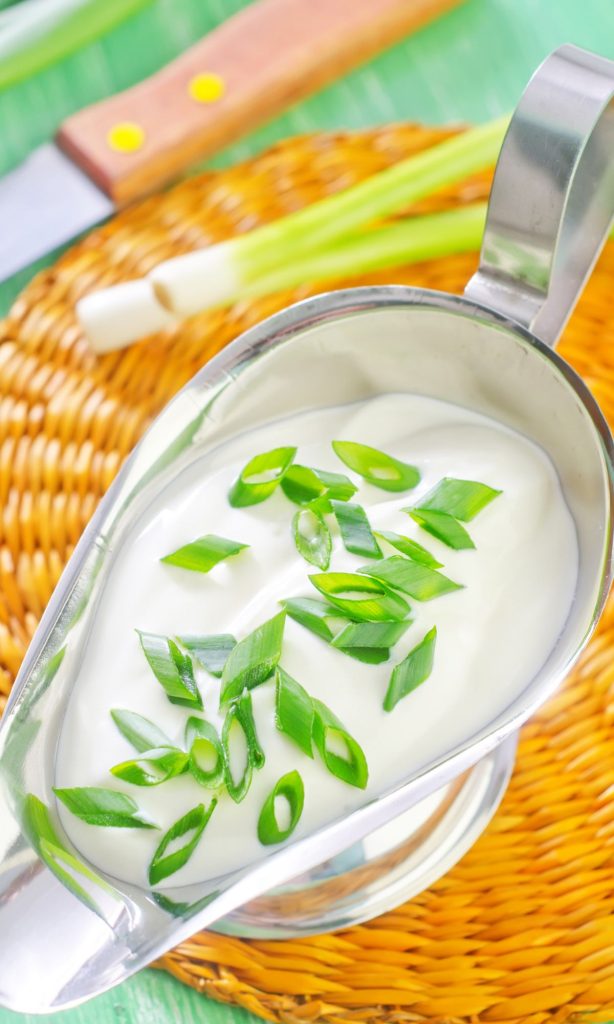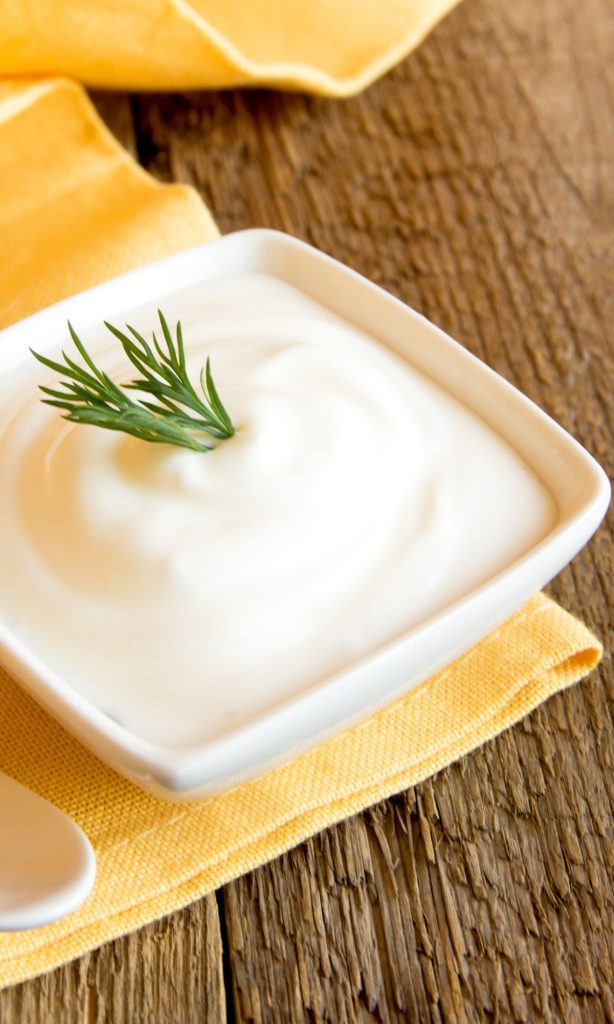Spotting Spoilage Signs in Your Dairy Products
I am really weird about food freshness. If I have a tub of sour cream in the fridge, when I almost always do, I really worry whether or not that sour cream is fresh.
Key Takeaways
- Trust your senses to identify sour cream spoilage.
- Correct storage extends sour cream’s shelf life.
- Consuming bad sour cream poses health risks.
Knowing the signs of spoilage is critical, not only for making sure my dish comes out nicely but for my health too. It’s a simple fact that dairy products like sour cream can go bad, but sometimes the signs aren’t as obvious as we might hope. So, I’ve learned a few tricks to ensure that what I’m using is safe.
For starters, I trust my senses. I look for any changes in texture or an unexpected odor, which are telltale signs that my sour cream has passed its prime. And it’s not just about taste or aesthetics; it’s a health precaution to prevent foodborne illness. I have a very sensitive stomach, so this is important for me. Proper storage and handling also play key roles in extending the life of sour cream, always making sure it’s well-sealed and kept refrigerated.

Identifying Spoiled Sour Cream
I have to admit, there’s nothing more disappointing than looking forward to topping off a baked potato or a bowl of chili with a dollop of sour cream, only to find that it’s gone bad.
Let me walk you through how you can easily spot sour cream that’s past its prime. It’s not just about the date on the lid – it’s a sensory experience, so trust your eyes, nose, and if it comes to it, your taste buds.
Assessing the Smell and Color
Smell: Fresh sour cream has a clean, tangy scent that’s quite pleasant. If yours has an off smell or is giving off an undeniably funky aroma, it’s a sure sign that it’s no longer good to eat.
Color: Keep an eye out for any discoloration. Sour cream should be uniformly white, so if you’re noticing yellow, green, or pink hues, that’s a tell-tale sign of spoilage.
Examining the Texture
Fresh sour cream should have a smooth, creamy texture. If you open your container and find that it has become lumpy or that there’s curdling occurring, it’s time to toss it. Also, look out for mold, which can present as blue or green spots or even a fuzzy layer on top.
Quick Tip: Now, it is crucial to keep in mind that you may see a bit of water or liquid at the top of the container. If everything else checks out, don’t worry about that. It is normal. All that you need to do is stir it.
Recognizing Changes in Taste
If your sour cream passes the visual and smell tests, but you’re still not sure, a small taste can be the final judge. Sour cream that’s bad will have a sourer, more potent taste than usual. It might seem counterintuitive because sour cream is inherently sour, but you’re looking for an unpleasant, off-putting variation of the original flavor. If it doesn’t taste right, it’s best not to use it.

Storage and Handling of Sour Cream
When it comes to enjoying sour cream at its best, how you store and handle it can make all the difference. Let me guide you through the essentials of keeping your sour cream fresh, so you can savor its creamy goodness every time.
Proper Refrigeration Methods
I can’t stress enough how crucial it is to keep sour cream refrigerated. You’ll want to ensure that your fridge is at a consistent temperature of 40 degrees F or below to prevent spoilage. Remember, sour cream is a dairy product, and it loves to stay cool. When you place it in the fridge, find a spot where the temperature holds steady.
Make it a habit to return the sour cream to the refrigerator promptly after use. This helps in maintaining its shelf life and flavor quality.
When to Discard Sour Cream
My rule of thumb is pretty straightforward: If in doubt, throw it out. If your sour cream has a strange smell, a yellowish tint, or if there’s visible mold formation, then it’s a clear sign the bacteria have taken over. Also, if the texture changes to something less creamy and more lumpy, it’s a no-go. And let’s not forget, sour cream should be discarded if it stays out at room temperature for more than a couple of hours, as that’s enough time for bacteria to start having a field day. Keep these pointers in mind, and you’ll be ensuring that what you’re relishing is not only tasty but safe.
Frequently Asked Questions
When you’re rummaging through the fridge and spot that container of sour cream, you might pause and wonder, “Is this still good to eat?” Let me help you figure out if your sour cream should take center stage in your next recipe or head straight to the trash.
What’s the scoop on sour cream’s taste when it’s not fresh anymore?
I can definitely say that fresh sour cream has this wonderfully tangy taste that’s both smooth and a bit zesty. But if it starts tasting sour in an off-putting way, or it’s just not right—trust me, you’ll know—it’s a sure sign that your sour cream’s glory days are over.
What are the telltale signs of sour cream that’s past its prime by its aroma?
Okay, so sour cream is supposed to have a slight tang to its smell, right? But if I take a whiff and it’s got that unmistakable pungency of spoiled food, kind of like how milk smells when it’s gone bad, then it’s time to say goodbye to that sour cream.
Sour cream’s a bit watery – does that mean it’s no good?
You know, a little bit of liquid on top isn’t alarming—it can happen after sour cream sits for a while. Just stir it back in and it should be fine. However, if it’s excessively watery or the texture has drastically changed, becoming clumpy or maybe grainy, then I wouldn’t risk it. Better to play it safe with your food, right?
The bottom line
I love sour cream. It is one of my favorite condiments but I am very careful about keeping it cold and in the fridge. I am quite sensitive to food that has even gone slightly bad. If you use the visual and smell test with sour cream, you can generally stay safe. However, if in doubt, just throw it out. It isn’t worth getting sick over a dollop of sour cream.

